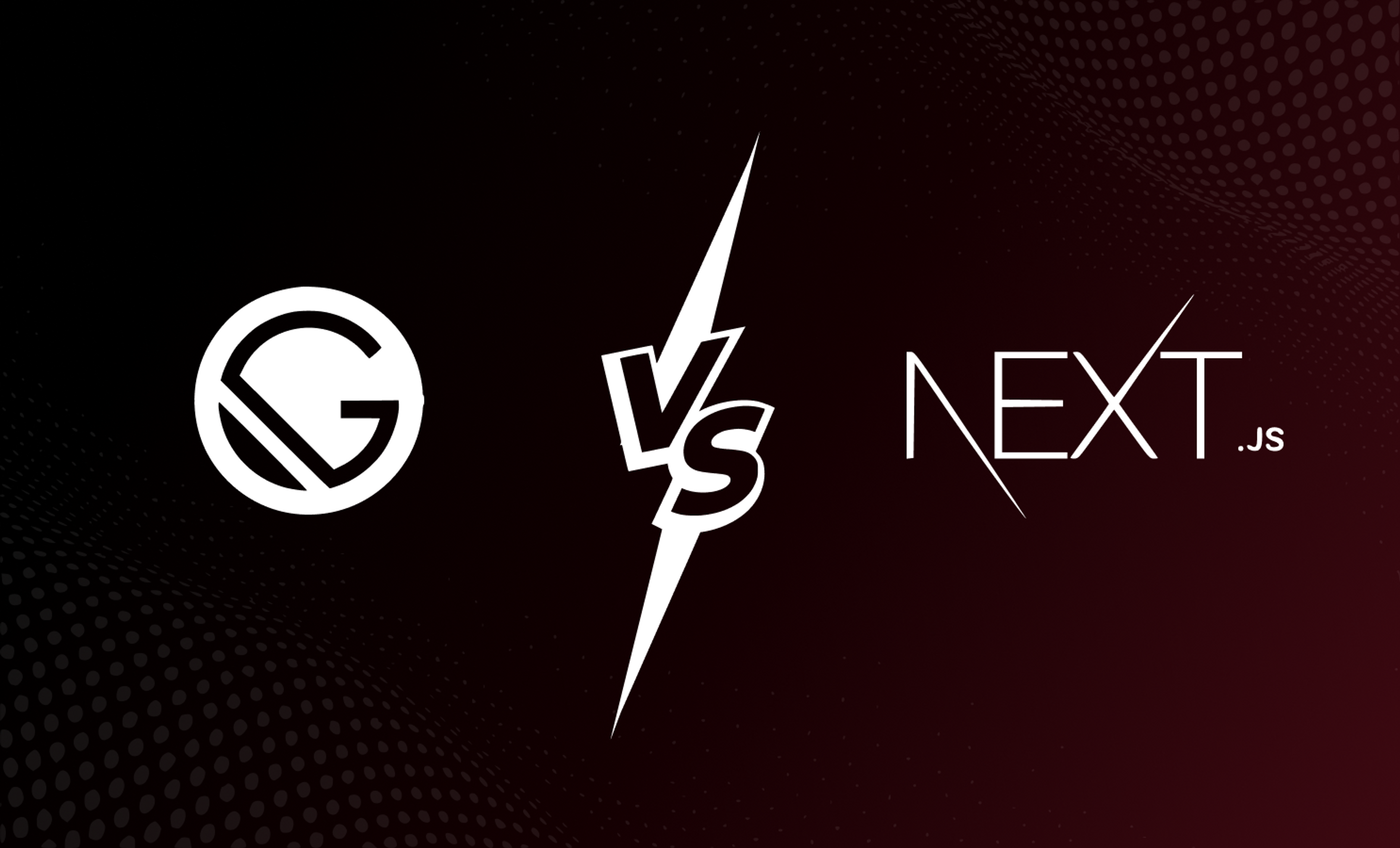
What is the coupled/decoupled/headless CMS architecture?
Headless CMS stages have been ascending in prevalence. Some contend that a headless CMS is better for everybody, while others accept that coupled CMS engineering is undeniably less unwieldy.
While coupled (otherwise called coupled) CMS design used to be the standard methodology, the compensations of quicker and more imaginative substance distribution have developed. Organizations are currently chasing after the nimbleness and adaptability given by decoupled and headless arrangements.
On the off chance that now is the ideal time to overhaul your computerized properties, it's essential to know the distinction between these designs, the upsides and downsides of each, and how to know when headless is the best decision for you. Choosing the best construction for your association will guarantee you get what you need, however, what is best for your whole group of editors, engineers, architects, and advertisers is the same.
Coupled CMS Architecture
In a conventional or coupled CMS, the coupled CMS engineering firmly interfaces the back finish to the front end. Content is made, made due, and put away alongside all computerized resources on the site's back end. The back end is likewise where web composition and customization applications are put away. This content administration back end and data set are bound inside the very framework that conveys and presents content to gadgets and end clients (front end).
Thus, with a coupled CMS, your editors are composing and distributing toward the back of a similar framework your site guests are seeing. Publishing content to a blog stage, like WordPress, Squarespace, and Wix, are instances of coupled CMS engineering.
To recap, a conventional CMS is included:
- A data set where content and advanced resources are put away (back end)
- A substance the executive's back end where content is made (back end)
- An application where distributors and creators make and apply plan compositions (back end)
- A front end that presentations distributed content on HTML pages
Decoupled CMS Architecture
Decoupled CMS design isolates or decouples-the back-end and front-end the executives of a site into two distinct frameworks: one for content creation and capacity, and another framework, at least one, are liable for consuming that information and introducing it to the client through some connection point. In a decoupled CMS, these two frameworks are housed independently. Whenever content is made and altered in the back end, this front-end skeptic approach exploits adaptable and quick web administrations and APIs to convey the crude substance to any front-end plan on any gadget or channel.
Despite the fact that the back end and the front-end application work autonomously with each other, the front-end design is foreordained with a predetermined conveyance climate (for instance, React or React Native). Along these lines, the two frameworks are firmly connected and can work as one.
From a specialized outlook, a decoupled CMS is included:
- A data set where content and advanced resources are put away (back end)
- A substance the executive's back end where content is made (back end)
- An API that interfaces the substance of the executive's back end with the front end
- A default content distributing front end
Headless CMS Architecture
Well while characterizing headless CMS architecture, it's essential to comprehend how it connects with decoupled. Headless design is really a subset of decoupling. Both have a substance the board and capacity back close and convey content from that information base through a web administration or API. Yet, the key contrast is the show layer: not at all decoupled, headless doesn't have a characterized front-end framework or show climate.
A simple method for understanding the thing that matters is to consider decoupled as proactive and headless as responsive. Decoupled readies the substance toward the back and afterward can proactively convey and introduce designed content to different channels. Headless, then again, is a substance just an information source and includes no usefulness inside the CMS to introduce content to an end client all alone. Content is made and made due, yet it simply stays there, accessible and ready to be called upon by an API and conveyed to applications and frameworks.
This implies that headless is a Programming interface just, UI anything. it can push content to any gadget or channel with web access. It can distribute a similar substance to a site, an application, a wearable gadget, or any gadget associated through the Internet of Things (IoT) on the grounds that the substance isn't limited by a foreordained UI.
Obviously, "headless" doesn't remain headless accepting, that is to say, that you need to really distribute the substance you make and make due. Something should act as the "head" for the content show yet it's basically not appended, as a matter of course.
From a specialized stance, a headless CMS is involved:
- An information base where content and computerized resources are put away (back end)
- A substance the board back end where content is made (back end)
- An API that associates the substance the executives back finish to any gadget or channel
- The capacity to associate with any distributing front end, permitting associations to have the front-end innovation fitting their personal preference
A few conventional CMS stages will profess to be headless, however, they became headless through acquisitions and the cobbling together of existing arrangements. Be careful, in light of the fact that these arrangements aren't genuinely headless, and frequently come up short on a well-disposed approach to distributing to various channels, like telephones and tablets. At times, clients can wind up duplicating their responsibility by making unmistakable renditions of each piece of content for each channel.
The Pros and Cons of Traditional, Decoupled, and Headless CMS
Every CMS engineering has its upsides and downsides and is more proper in unambiguous conditions than others. There is nobody predominant methodology and the design that will turn out best for you relies upon the necessities of your business. Here is our breakdown of the advantages and disadvantages of the three structures.
Coupled CMS
Coupled CMS structures are great for sites, individual destinations, and extremely fundamental organization sites. Since everything is all together, it is not difficult to create, make due, and distribute text-based content rapidly. Configuration is likewise streamlined inside a conventional CMS stage, with work in topics and layouts and a front-end that can be altered and modified on a case-by-case basis.
In any case, while the conventional design is extraordinary for less difficult destinations, it isn't great for those that are more intricate. A coupled CMS confines the sort of happy (for example video, sound, and progressed symbolism) editors can distribute and where that content can show up. Since the front end and back end are locked together, the programming structure can immediately become restricted and for designers, this implies customization is increasingly slow dexterous. The front-end and back-end relationship additionally mean additional time and cash expected for support and upgrades.
Decoupled CMS Architecture

In a decoupled CMS, the back end (where content is made) and front end (where content is shown) are housed independently. Decoupled CMS is a front-end rationalist and exploits web administrations and APIs to convey content in its crude structure to any front-end plan, anyplace. Many consider decoupled to be the smartest possible solution: you have layouts to work with like in a coupled CMS, however you have the adaptability of a headless execution.
There are many advantages related to decoupling your CMS including:
- Quicker and more adaptable substance conveyance than conventional CMS
- The versatility even with changes on the UI side (future evidence)
- Fast plan cycles
- Upgraded security
- Less distributor and engineer conditions
- Less difficult sending
- Simple outsider incorporations that are less problematic for advancement
A decoupled CMS is more convoluted than coupled and requires additional advancement work contrasted headless-particularly around building the front end.
Headless CMS Architecture
Since headless design is a subset of decoupled, it shares practically the advantages as a whole. Be that as it may, without an assigned front end, a headless CMS gives the best adaptability to distribute content at various stages. Additionally, dissimilar to decoupled, headless permits you to distribute dynamic substances to any gadget associated by means of IoT. Of every one of the three CMS structures, headless CMS offers the most control in regards to how and where your substance shows up.
Then again, headless' absence of content show usefulness, OOTB layouts, or topics implies you'll look for extra innovations to act as the "head." Headless CMS stages commonly don't accompany a UI, in this way seeing an exact live review can demonstrate more troublesome than decoupled. Therefore, headless stages are the most ideal for organizations with a vigorous group of designers who like to utilize their number one structures and devices.
The New Age of Content Management System
The present current CMS unrest is driving up interest for more adaptable, versatile, adjustable frameworks that convey the experience you need, and your clients anticipate. Isolating your front and back closes, with either a headless or decoupled execution, empowers associations to increment conveyance times while repeating quicker.
WANT TO HIRE DEVELOPER
Hire Dedicated JavaScript Developer Within hours
Our promise – a dedicated JavaScript developer works as a member of your in-house development team. The dedicated developer works ONLY for you, NO STRINGS ATTACHED.
Book Free ConsultationKey contrasts among coupled, decoupled, and headless cms:
Based on
1) Content Management
Coupled: Has capacities for content creation, editing, organization, and storage. Content the executives are normally page-based for convenience by happy makers.
Decoupled: Has abilities for content creation, editing, organization, and capacity.
Headless CMS: Has capacities for content creation, editing, organization, and capacity.
2) Content Delivery
Coupled: Stores content inside the coupled CMS.
Decoupled: It has the capacity to convey content, but content can be utilized by different applications and frameworks.
Headless CMS: No functionality, content is conveyed through API to conveyance applications and different frameworks.
3) Content Presentation
Coupled: Delivers content through the coupled CMS.
Decoupled: Has the capacity to introduce organized content to different channels.
Headless CMS: No show functionality,no templates,no themes,etc.
4) Performance
Coupled: It has poor front-end performance.
Decoupled: It has the best front-end performance.
Headless CMS: It has little poor performance.
5) Box Capabilities
Coupled: It has a completely out-of-the-box approach.
Decoupled: It has a loss of CMS out of box capabilities.
Headless CMS: In this, CMS out-of-the-box capabilities can be used.
6) Preview
Coupled: It is in preview and in-context editing is possible.
Decoupled: In this preview has to be built separately.
Headless CMS: It is in preview and in-context editing for static content.
According to a sign by Jamstacky, Content the board frameworks are basic apparatuses that make promoting your administrations or items to your crowd quicker and less fatty. Nonetheless, to focus on the right crowd, you want to pick a CMS which lines up with the necessities of your crowd.
On one hand, headless CMSs offer straightforward work processes with a particular language and structure foreordained before you start. While a headless CMS, then again, freely couples the front and backend of web applications to give future confirmation and adaptable web applications.
RECOMMENDED BLOG
Our clients value our focus on business results and a smooth development process
Want to explore more ?
Take an exclusive 15% off off on all the services.
Let’s supercharge your online presence!
jamstacky.com © 2025






